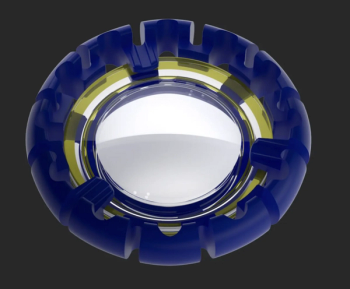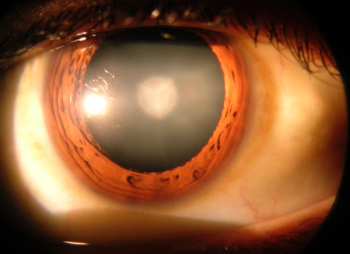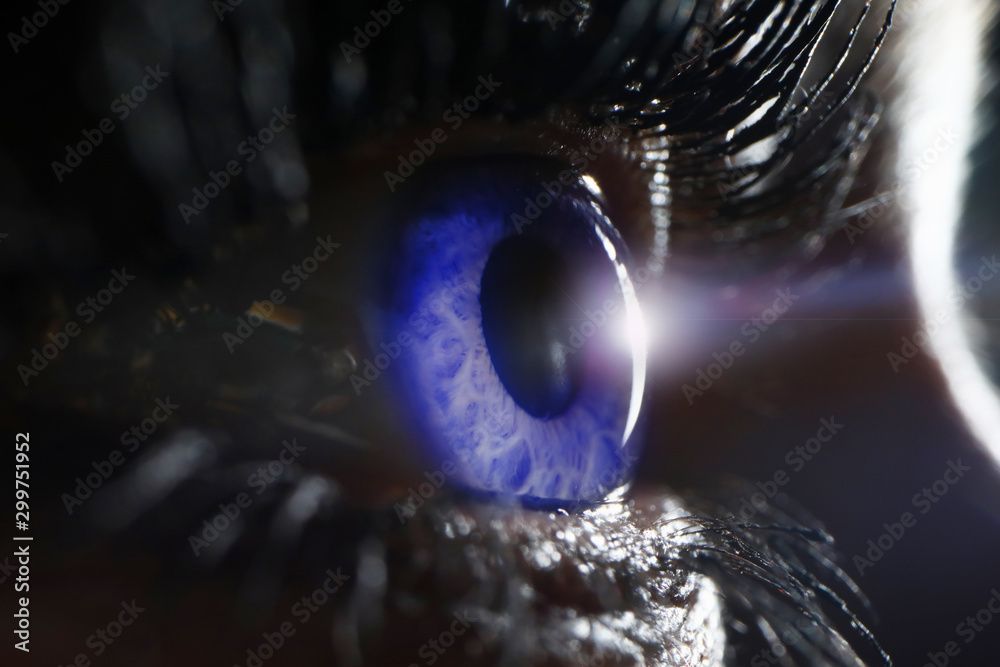
IOL
Latest News

Latest Videos

CME Content
More News

With a few key steps, surgeons can avert potential refractive surprises, and reduce postoperative dry eye for patients.

Anika Michael, MD, and Benjeil Edghill, MD, both ophthalmology specialists from AdvantageCare Physicians New York City, traveled to Haiti in July on a medical mission of mercy, where they evaluated and treated more than 400 patients and completed approximately 90 surgeries.

The Grail study finds the device can offer positive outcomes for patients.


Results from the U.S. pivotal trial showed Apthera IOL subjects achieved statistically superior uncorrected intermediate and near vision, and equivalent distance vision and contrast sensitivity compared to control subjects.

Using a cloud-based digital health option can save time during surgery.

As ophthalmologists observe Cataract Awareness Month this June, William L. Soscia, MD, medical director at Center for Sight, in Sarasota, Florida, focuses on the importance of having excellent vision for safety and everyday functions.

New lens types offer independence from glasses to the patient post surgery.

According to the organization, the eBook content is designed for residents, ophthalmologists, fellows, medical students and other professionals performing or supporting cataract surgery.

The systems could be in the hands of surgeons in the third quarter through a targeted initial launch, according to the company.

According to investigators, halos are the most common complaint for patients who received an implantable collamer lens to address myopia.

Attention to details can help to deliver patients consistent, quality outcomes.

There’s a new alternative to LASIK in the United States. In March of 2022, the FDA approved STAAR Surgical’s EVO/EVO+ VISIAN Implantable Collamer Lens (ICL) and Toric Implantable Collamer Lens (TICL).

Catching up after ASCRS 2022, Ora's Caitlin Black, senior director and therapeutic area head of medical devices, talks about the next generation of ophthalmic device therapies and diagnostics, clinical trial updates and new innovations that are most exciting for presbyopia treatment.

Edward Hu, MD, PhD, looked at 812 toric IOLs utilized of various platforms, concluding a low total toric rotation rate at 2.1%.

Technical details, communication style key to presbyopia-correcting IOL journey.

Anushka M. Raj, BS, second year medical student at the University of Oklahoma’s Dean McGee Eye Institute, presents "Inter-Device Measurement Reliability of Angle Kappa and Angle Alpha, Devices and Instruments" during ASCRS.

The company announced the expansion of its commercial rollout of its MIGS implant to the UK

Cynthia Matossian, MD, shares her thoughts on the premium patient "experience" or "journey," emphasizing the outcomes of patient experiences.

Beginning in the 1970s, James J. Salz, MD, was part of a group of ophthalmologists who first inserted intraocular lens implants during cataract surgery.

The EVO/EVO+ Visian Implantable Collamer Lens provides visual freedom independent of contact lenses and glasses.

The injection of dexamethasone intraocular suspension 9% into the capsular bag may change the standard of care following cataract surgery.

Physicians find the Vivity lens offers their patients reduced glare, halos and increased spectacle independence.

The key factors include type, case complexity, and history of diabetic retinopathy/proliferative diabetic retinopathy.

Dr. Rishi Raj Borah, Country Director with Orbis India, discusses recent research he co-authored showing the top 3 barriers keeping families from accessing cataract treatment for their children in India.













































